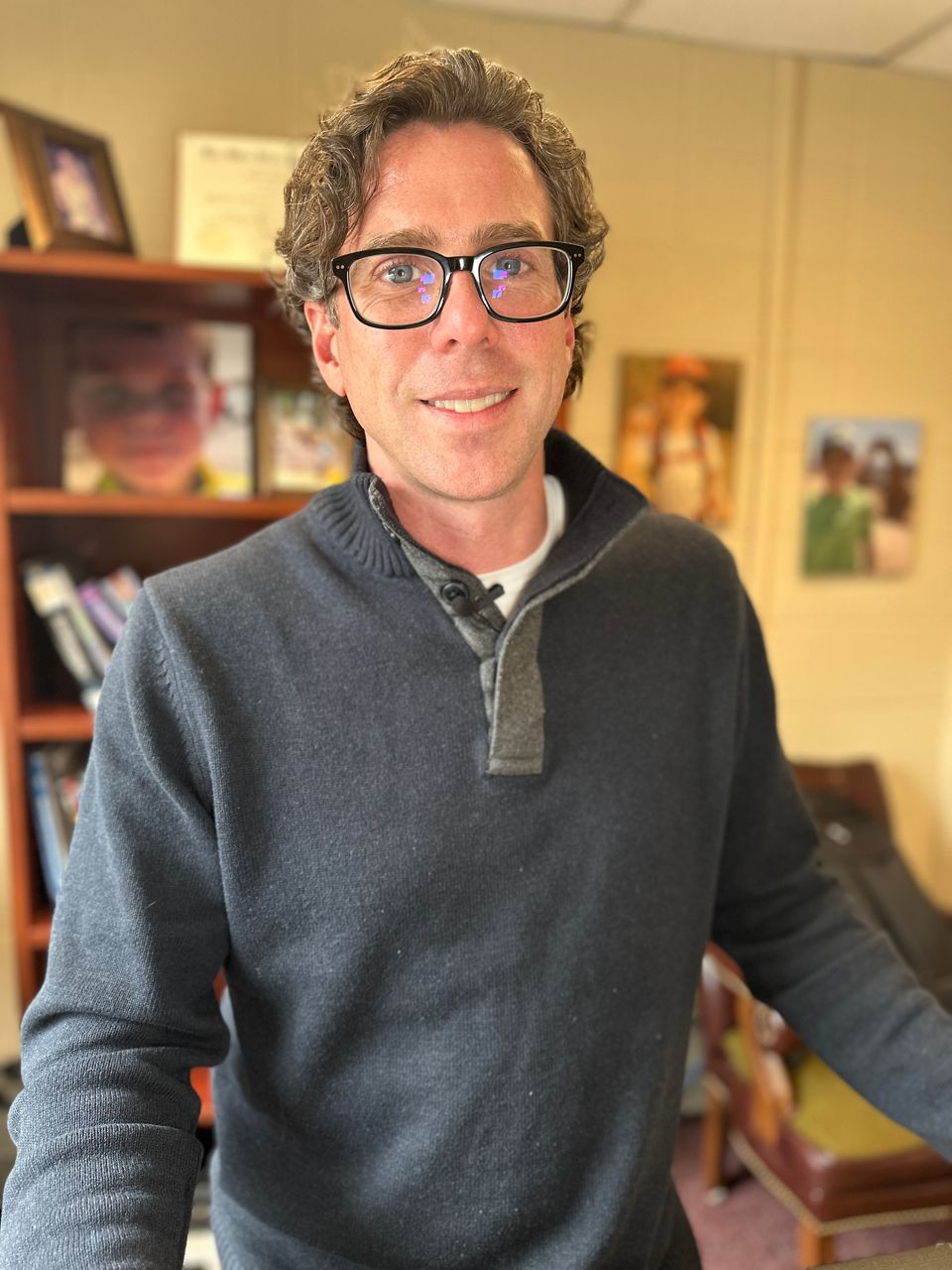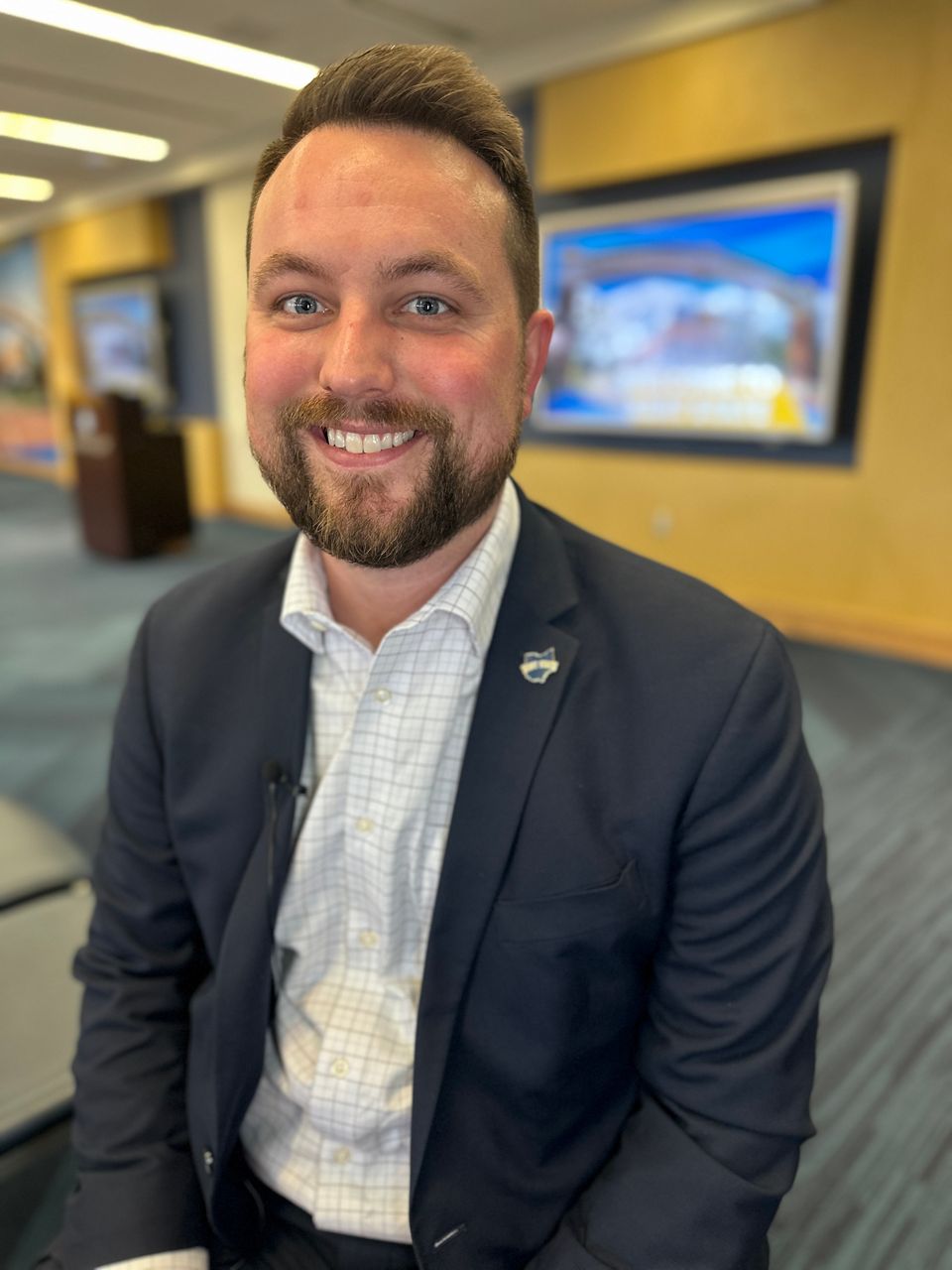OHIO — Americans are having fewer and fewer babies, a trend that Michael Betz, an associate professor in the Department of Human Sciences at Ohio State University, studies.
“Demography is just the study of populations,” Betz said. “So mainly, how many people are being born, how many people are dying and how many people are moving around? And so why those things are happening as well.”

He said during the recession of 2008, people were having fewer children, largely because of limited finances.
“People became more conservative,” Betz said. “And so, if you're considering of the expenses of having a child, I think a lot of people decided not to have that.”
In recent years, the trend has continued as tastes and preferences are changing.
“People are choosing to have fewer kids, maybe because they want to have more leisure time,” Betz said.
By 2025, experts predict this trend will cause the population of college-age Americans to crash.
“In 2007, we were about at the replacement level of about 2.1 children per woman, and now we're down to right about 1.7 children per women,” Betz said. “So that's a pretty substantial decline.”
People in the higher education industry call it 'the enrollment cliff'.
“We talk about declining high school graduation numbers quite a bit,” said Collin Palmer, the associate vice president of enrollment management for admissions at Kent State University and the past president for Ohio Association for College Admission Counseling. “We're all I think preparing for the next few years, trying to recognize how we're going to adapt and adjust to that. And so I think everybody's thinking about how to make better uses, better use of our resources, how we're utilizing what we have now and then what adjustments we might have to make in the future.”

Palmer said to adapt to this trend, some universities are looking beyond the traditional freshman student and aiming to diversify their student bodies.
“That could be graduate students, those in Masters or PhD programs,” Palmer said. “It could be those increasing services and recruitment efforts of first generation college students, those that have maybe thought historically that college wasn't an opportunity for them or an option for them because of the cost. So we're working hard to enroll more students, who traditionally wouldn't have considered college as an option for them.”
He said they’re also looking at ways to make college more affordable, recruiting internationally and expressing the benefits of higher education to potential students at job and career fairs.
“Realizing the benefits of a college education, the value of obtaining a degree or a certificate of any kind, and what doors that might open for you in the future, and have access to new employment or advanced employment in your current roles,” Palmer said.
Palmer said Kent State has done its homework. This trend didn’t catch them by surprise, but not all colleges will feel the effects equally. Betz said elite and ivy league schools will probably be fine, but less-known smaller institutions might not.
“The really small schools that, where their margins are very small and so if they have a 10% decline of a class of 1,000, that's, that's going to be a pretty substantial decline for them,” Betz said.
Betz said the declining birth rate comes with many challenges and will affect more than just colleges and universities.
“Everything from being able to fund state budgets and have a robust labor market where employers can find enough employees to do their job,” Betz said. “So things like making sure that state budgets are solvent, because there's going to be a smaller tax base from a smaller population, finding enough workers because the labor pool is going to be smaller.”
He said it is going to affect all levels of society, but that immigration could be part of a solution.
“The game changer is immigration,” Betz said. “If we allow really high-skilled, talented people to come to America and be productive, they're also going to have children and those children will then, you know, be a part of that equation.”
Betz said high-skill workers from developing countries can fill gaps that the native population cannot. He said this is especially true for colleges that can draw from an enormous pool of international students that want to study in the U.S. As the population continues to decline, so does the future of higher education, he said, and the trend will likely reshape the American landscape.



